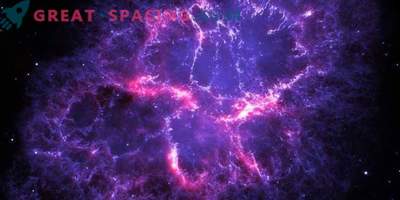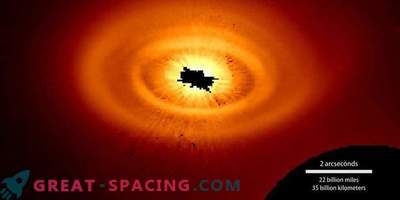
V1247 Orion is a young hot star, around which a dynamic dust and gas ring is concentrated. The disk can be considered in two parts: the central and finer structure of the crescent
Scientists decided to take a fresh look at the search for the emerging planets. Young stars begin their existence in a massive dust and gas disk, which eventually dissipates or particles merge into planets and asteroids.
But researchers are trying to understand how these elements manage to unite and form bodies with asteroid parameters. One of the reasons is that dragging the disk causes the particles to move closer to the star, which destroys the structure (radial drift).
In a new study, scientists used high-power telescopes to study Orion's V1247. The team carefully examined its surrounding dust disk: a central dense ring and a weak outer crescent. It is believed that the area between the ring and the crescent (dark band) is created by a young planet rotating along its path. These areas of high pressure can act as protective barriers around the planets, attracting particles of millions of years.
ALMA for the first time allowed us to consider the complex structure of such a vortex. Crescent plays the role of a dust invader. This is confirmed by early computer sharing, predicting that dust traps should appear on the outer and inner edges of the disk. The presence of these traps fills the gaps in the theory of planetary formation and explains how the particles drift into the central star and are destroyed before they grow into large bodies.











































